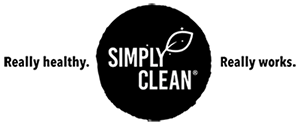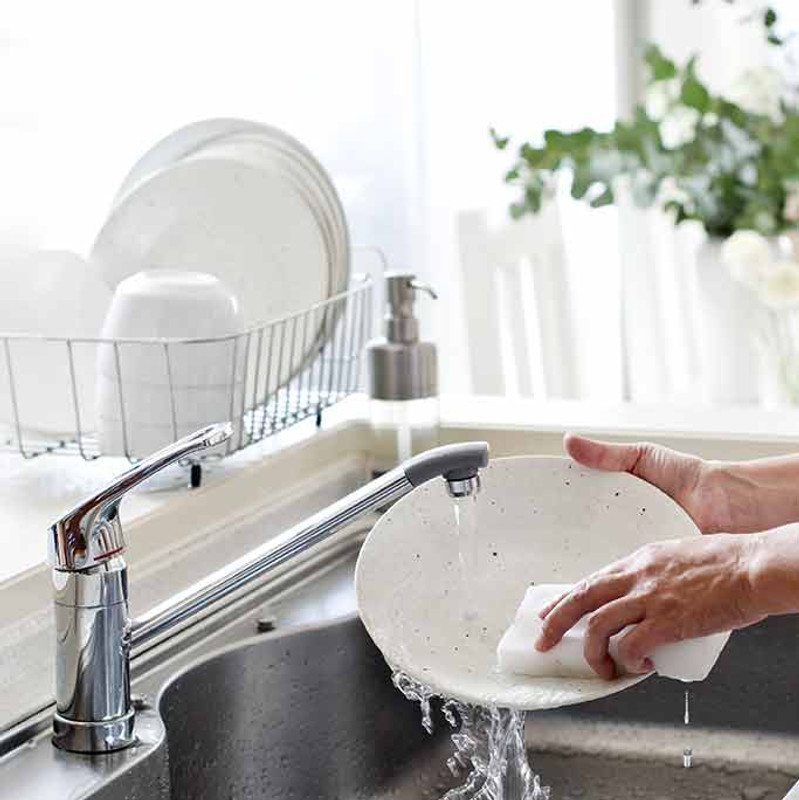Our cutlery, glasses, cups and even plates and bowls are exposed to germs – every single meal, snack or drink. Any trace of a germ, virus or bacteria is heading straight to your lips and into your mouth.
Whilst in normal times we happily coexist with all manner of germs when eating and drinking, it’s worthwhile paying special attention to the washing up in the times of COVID-19.
There’s no need for fancy solutions when you can rely on the power of dishwashing liquid
The first fact to take into account is that COVID-19 has a fatty outer layer, and surfactants and soaps that dissolve fats can break through that layer and allow the virus inside to be destroyed. The surfactants in dishwashing liquids work well on the coronavirus, especially when combined with rubbing and scrubbing. It’s similar to the effective handwashing principles we now know and (hopefully) follow.
So, it isn’t adequate to give your dishes, glasses or cutlery a quick dip in the sink and a rinse – unless you live alone that is! By using the right amount of a good dishwashing liquid and giving your eating and drinking utensils a thorough wash over with a cloth or a brush, you’ll reduce the risk of transmission of all germs, including COVID-19.
The dishwasher is effective too
A dishwasher and a good dishwasher detergent effectively get to work on germs. Dishwashers spray and agitate water around the dirty cooking and eating utensils (replicating the scrubbing and wiping we do in a sink). Your dishwasher detergent – powder or liquid - provides the cleaning…. And often a pH that’s hostile to germs. Added to this, some dishwasher detergents eg our SimplyClean Lemon Myrtle Dishwasher Powder, contain a sanitising ingredient that actively kills germs. Our uses the power of oxygen from hydrogen peroxide. Your dishwasher load comes out clean and sanitised.
Hot Hot Hot
The trend today is to turn your dishwasher settings to lower temperatures in order to be more energy efficient. With the reality of COVID-19, people may need (hopefully temporarily) to readjust this thinking.
The hotter the water, the deadlier it is for the virus. This is why using a dishwasher can be better than manual dishwashing – the temperature can be much hotter than your hands (even in gloves) can cope with.
Other hygiene tips
Knives and forks can harbour bacteria easier than plates and cups because of prongs and grooves. Take the time to wash these thoroughly and properly. In a dishwasher put these items handle side down if yours has an upright cutlery holder.
Wash your dishes soon after use. Leaving them allows them to build up colonies of bugs that, once established, are more difficult to eliminate.
Allow your hand washed items to air dry rather than using a drying cloth.
If you use a sponge, it can build up bacteria quickly. To sanitise a sponge, microwave it for 30 seconds.
Use a disinfectant cleaner or spray & wipe around the kitchen basin area, including the basin itself, and wipe with a clean towel or paper towel before washing dishes.
Ensure your drying rack is clean and sanitised or disinfected regularly.
In Summary
We’re told not to touch our face, but we can’t avoid eating and drinking utensils coming into contact with our lips. This is why a little extra care is recommended when washing up.

